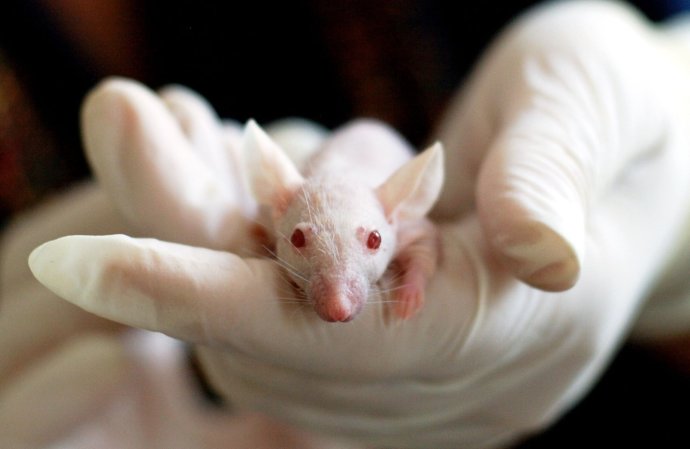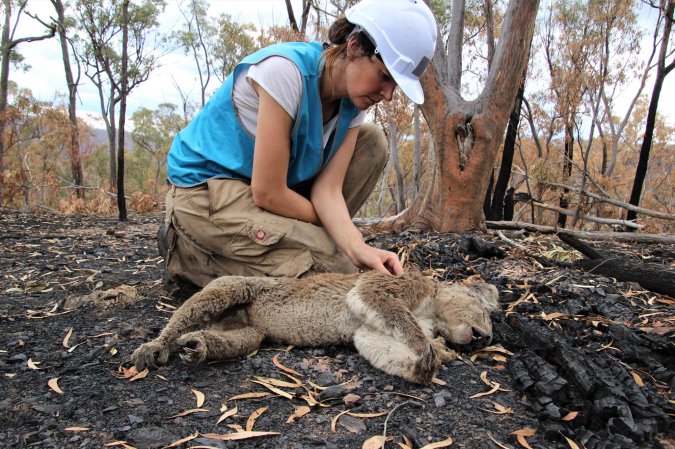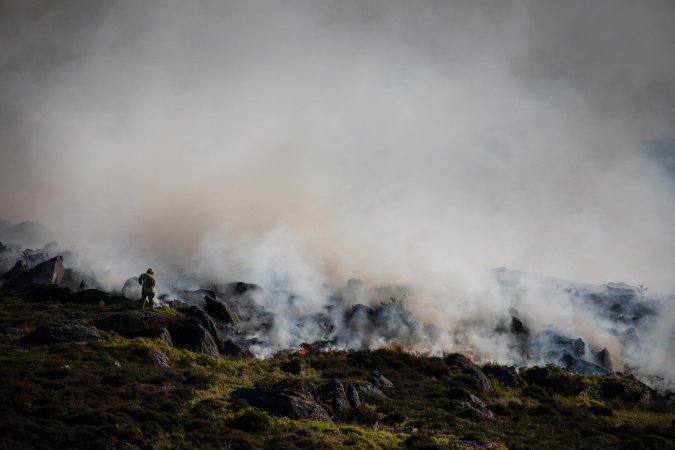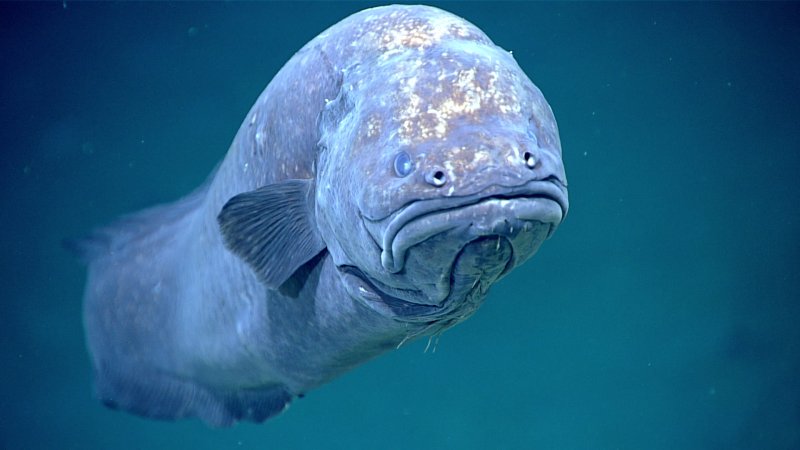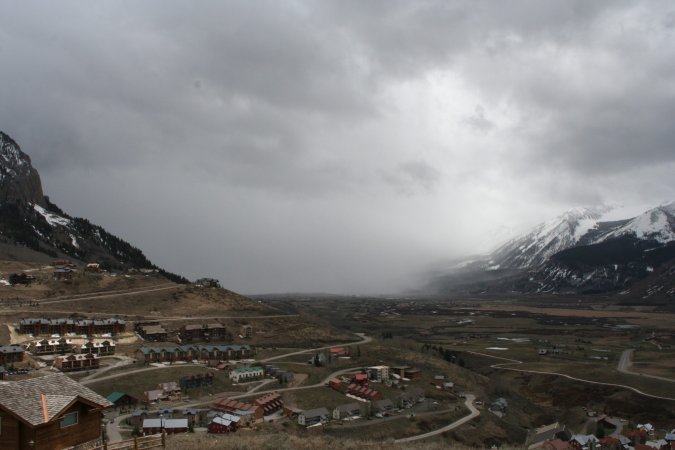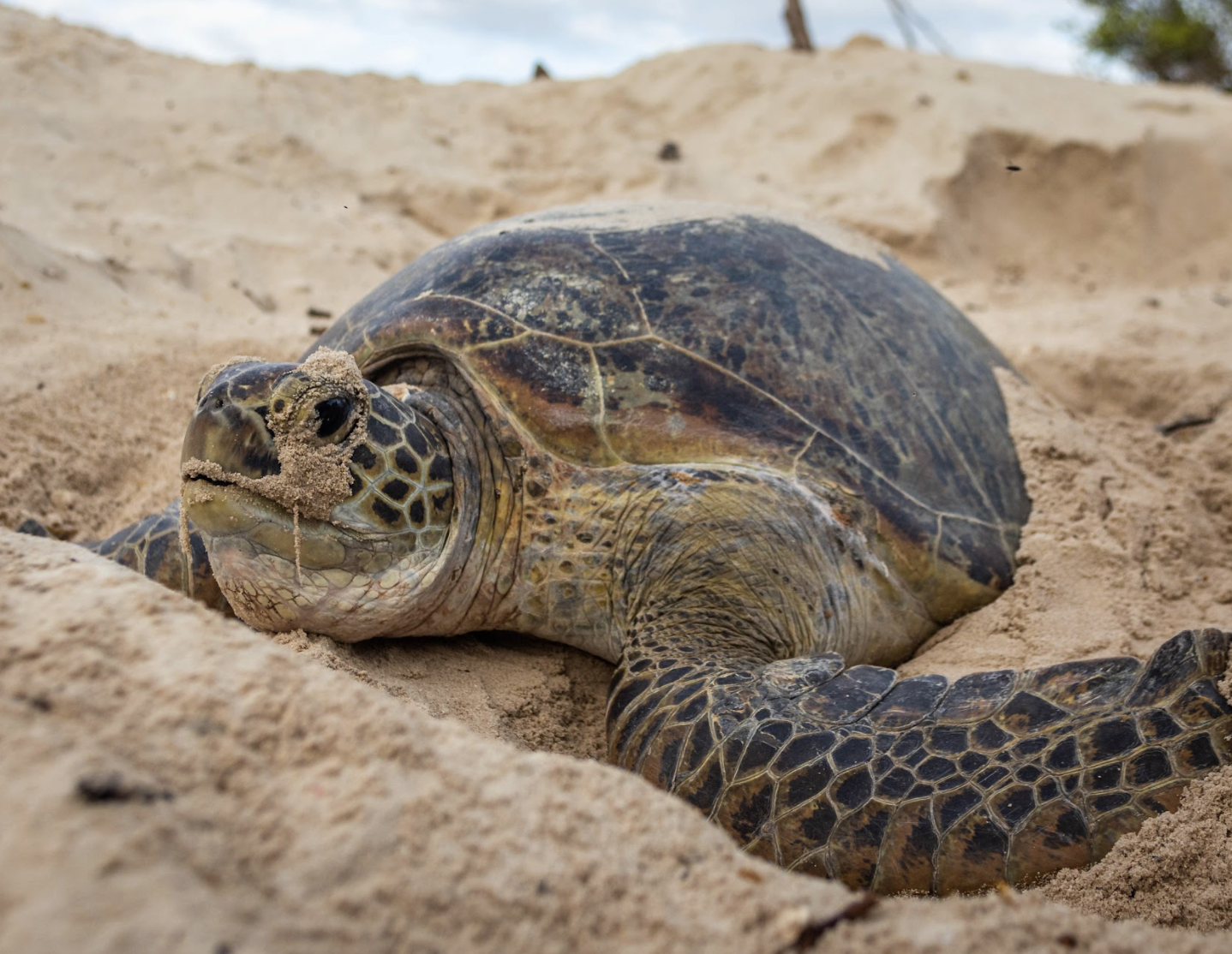

When Jeanne Mortimer first came out to Aldabra Atoll in the Seychelles to survey endangered green turtles, there was barely any activity on Settlement Beach. She would walk the 1.2-mile stretch of sand and encounter one, maybe two, turtle tracks. It was the early 1980s, more than a decade since the island banned turtle hunting in 1968, and there was still little sign of recovery on the beach for the hard-shelled creatures.
Mortimer, known as “Madame Torti” in the Seychelles, wouldn’t see a turning point in Aldabra Atoll’s nesting turtle population until 1995. That year, Mortimer, who is now the founder and chairperson of the Turtle Action Group Seychelles, began tallying 10 to 20 tracks during her surveys of the beach—a noticeable difference from years prior. Green turtles were finally making a comeback, three decades after being freed from human exploitation.
“One thing that people have learned is protection works,” Mortimer says. “But you may need to be patient and wait for 35 years.”
A new study shows that after half a century of protection, green turtle numbers have only continued to climb in Aldabra. Published in Endangered Species Research, the study found that the annual number of green turtle clutches increased from the 2,000 to 3,000 range in the late 1960s, to more than 15,000 in the late 2010s—a sixfold increase.
Green turtles, the only herbivore and one of the largest among sea turtles, nest in more than 80 countries and live in coastal areas throughout the world. Their populations have suffered drastic declines historically as a result of human exploitation for their fat, meat, and eggs. Today, the global population of the endangered species is still in decline.
But in Aldabra, home to one of the world’s largest green turtle populations, there is reason for hope. The population on this coral atoll still has plenty of room to grow, says lead author Adam Pritchard from the University of Exeter. Based on the number of clutches, he estimates that there are about 3,000 to 5,000 female green turtles nesting on Aldabra today. However, records from the early 1900s show that as many as 12,000 turtles were allowed to be taken from Aldabra each year, he says, suggesting that the nesting population then was even higher.
“The fact that we’re at around 3,000 to 5,000 now, which is already so much more than there were in the 1960s, implies that there’s potential for this population to double, triple—we’re not even sure,” Pritchard says. “This could just be the start. It’s amazing that, after slower growth at the beginning, there’s been this real explosion in recent years.”
The success of green turtle conservation in Aldabra is a testament to the importance of long-term protection. The turtles seem to have not only benefited from the hunting ban in 1968, but also Aldabra’s designation as a UNESCO Heritage Site in 1982. Located in the Indian Ocean off East Africa, Aldabra is a coral atoll that is part of the Seychelles, an archipelago of 115 islands. The remoteness and inaccessibility of Aldabra has allowed it to remain largely untouched by humans for the majority of its existence.
“It could’ve gone the other way so easily if people had made some other decision to not protect Aldabra,” says co-author Cheryl Sanchez from the Seychelles Island Foundation (SIF). “That would’ve been it, if it weren’t for people’s foresight and these incredible Seychellois leaders who are proud of their natural resources and want to protect them.”
What’s equally important is the dedication and patience required to sustain long-term monitoring. For a species like the green turtle, which takes at least 20 to 50 years to reach sexual maturity and reproduce, long-term data is crucial since conservation work will not show instant results. If it weren’t for the hundreds of people who gathered decades of data across Aldabra’s more than 50 beaches, it would have been difficult to track the progress made in turtle conservation, Pritchard says.
Mortimer set a precedent for sea turtle conservation in the Seychelles by establishing Aldabra’s first consistent monitoring program in the early 1980s. So far, she has worked with sea turtles in 20 countries on six continents, but she continues to work in the Seychelles to learn more about its populations and their nesting and foraging ecologies.
When she first arrived at Seychelles, Mortimer’s goal was not necessarily to set out and save the turtles. Instead, she wanted to understand the connection that people had to the species. With that in mind, she spent time with the turtle hunters, asking them what the species meant to them.
“Turtles are really important to human societies wherever you look—people either want to eat them or worship them,” Mortimer says. “So if you want to work in turtle conservation, you also have to study people. If you can kind of understand why people are using the resource, then you can try to think of ways to change the use of it in a way that still benefits the people but without detriment to the resource.”
After realizing that Aldabra’s turtle would cease to exist if nothing was done, the Seychelles government made the decision to ban turtle hunting in 1968 and start protecting the endangered species. Instead of killing a turtle to sell its body parts, the country could now use the species to attract tourism, a much more sustainable and low-impact source of profit, Mortimer says.
Today, SIF continues the work that Mortimer started. The annual team of less than 20 people on Aldabra monitor not just sea turtles, but also giant tortoises, frigatebirds, rainfall, and more. Sanchez, who has contributed to SIF’s work on Aldabra, emphasizes the amount of effort that goes into the data collection process. The small team visits sites all over the massive atoll by boat, while navigating extreme tides and rough weather. The fact that people have maintained this monitoring program for so long is astounding, Sanchez says, and sets an example for what can be done elsewhere if it can be done in an environment as tough as Aldabra.
There’s also much to learn from Aldabra in terms of how to successfully restore a turtle population. Mortimer identifies two key lessons: “One, don’t cut heads off nesting females—that took a while for people to figure out. And two, which is almost harder to do especially in the modern age, is to protect their habitat.”
Aldabra’s green turtle restoration is not the only win for the species in recent years. Similar recoveries have been recorded in the US, Costa Rica, and Ascension Island to name a few. And in each of these cases, a common message rings clear: If we protect the beaches, the turtles can handle the rest. They will recover.
Update (March 22, 2022): The first paragraph of the story has been updated to include more details from Jeanne Mortimor’s accounts of the surveys.
